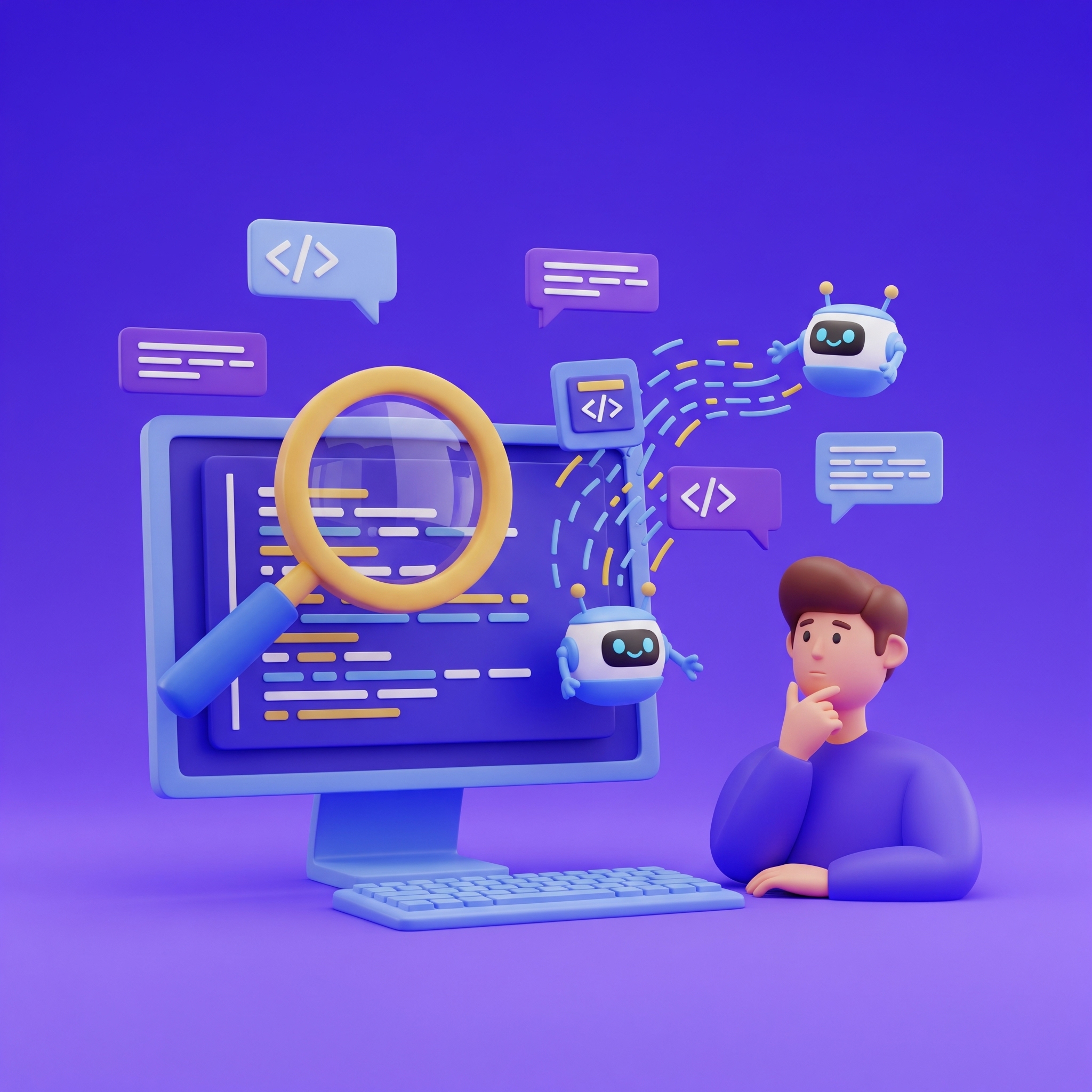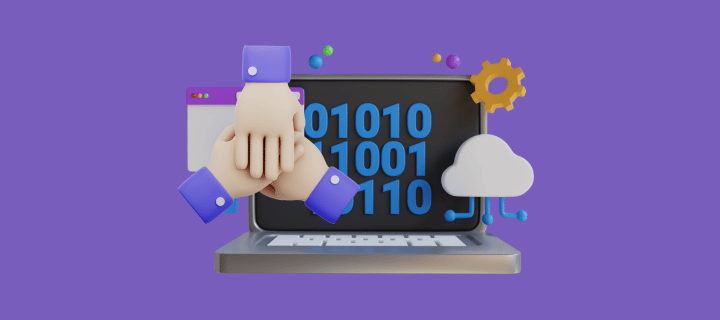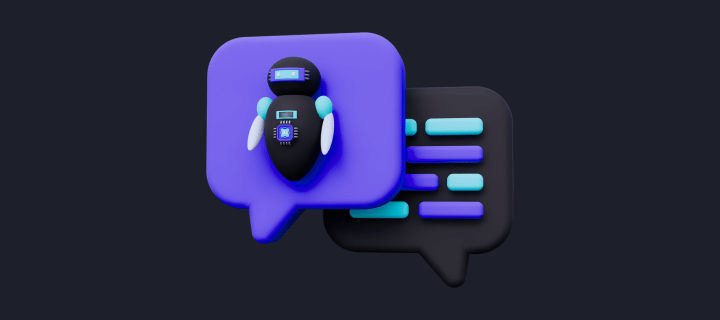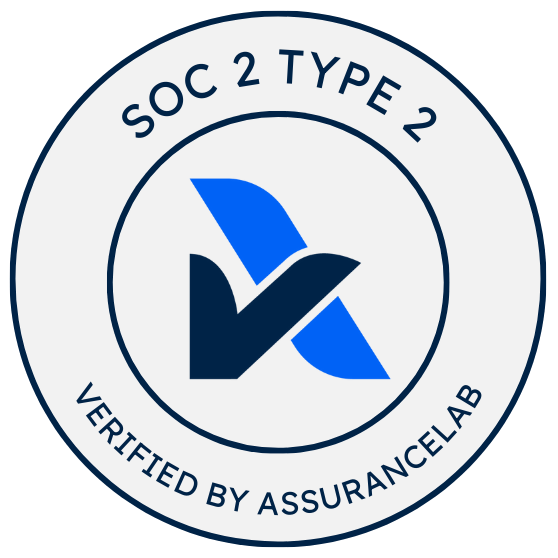
The Rise of the Code Reviewer: Working with AI-Generated Code
As AI tools like Claude, Copilot, and Cursor generate more code, developers are evolving from authors to reviewers. Master the critical skills needed to review AI-generated code effectively and ensure quality in this new development paradigm.

In my last post, I wrote about how code reviews can go from helpful to harmful - how they sometimes slow teams down more than they support quality.
But there’s a deeper shift happening that changes the game entirely: developers aren’t just reviewing each other’s code anymore - they’re reviewing AI-generated code.
Tools like Claude, Copilot, and Cursor are becoming more capable every month. They’re not just suggesting completions - they’re writing entire functions, refactoring files, and even running tests. As they do, the developer’s role is fundamentally evolving.
We’re no longer just authors of code. We’re becoming curators, reviewers, and gatekeepers of what gets shipped.
This shift changes how we work and what matters. If you’re still focused on writing the perfect function from scratch, you might be missing the point. Reviewing, not authoring, is becoming the developer’s most critical skill.
The Shift: AI Writes, You Review
AI tools are evolving fast. What started as autocomplete has become full-scale code generation:
- Claude can read your repo, edit multiple files, run tests, stage commits, and open PRs - all from your terminal
- Copilot generates entire code blocks in real time
- Cursor helps rewrite logic in your IDE
These tools handle the boilerplate. They generate drafts. They even write tests. But they still rely on you to make sure the code actually works, aligns with product goals, and fits your system.
5 Signs You’re Already Becoming a Reviewer-First Developer
1. You start with a prompt, not a blank file
You tell the tool what to build, and it scaffolds the code.
2. You spend more time reading than writing code
Your job becomes verifying, refining, and contextualizing AI-generated code.
3. You debug code you didn’t write
And often don’t fully trust. You’re hunting for logic gaps and edge cases.
4. You focus on architecture and product fit
You’re assessing whether the solution is maintainable, not just whether it runs.
5. You edit AI output like a tech lead edits a junior dev’s code
Your role shifts from author to curator - from building to refining.
Why AI Can Write Code, But Can’t Yet Review It
AI is great at generating code that looks right. But reviewing isn’t about what looks right - it’s about what is right.
Code review requires human judgment:
- Understanding business intent: Does this solve the actual user problem?
- Evaluating tradeoffs: Is this code secure, fast, and maintainable?
- Contextual awareness: Does this match our system design and team conventions?
- Long-term thinking: Will this create technical debt or friction down the road?
These are judgment calls, not pattern matches. That’s where humans still outperform AI.
Why Reviewing Skills Matter More Than Ever
As AI takes over routine generation, what remains for developers is everything that’s hard to automate:
- Ensuring correctness across multiple layers of abstraction
- Catching subtle bugs and regressions that tests might miss
- Aligning code with evolving business requirements
- Maintaining consistency, style, and team culture
Reviewing is where real engineering happens now. And the better you are at it, the more valuable you become.
How to Level Up Your AI Code Review Skills
🔍 Focus on High-Impact Areas
- Skip formatting and naming - automate that with linters
- Zero in on correctness, clarity, and product fit
- Ask: “If this breaks in production, will I understand why?”
📋 Develop Review Patterns
Build mental frameworks for reviewing AI-generated code:
- ✅ Does it solve the problem described in the prompt?
- ✅ Are edge cases and error states handled properly?
- ✅ Are tests meaningful and comprehensive?
- ✅ Does it follow our team’s patterns and conventions?
- ✅ Is the performance impact acceptable?
🤖 Treat AI Like a Smart Junior Developer
It’s fast, confident, and produces code that looks right more often than it is right. Approach with curiosity, not blind trust.
✍️ Write Better Prompts to Reduce Review Overhead
- Be specific about requirements and constraints
- Include context about your system and patterns
- Describe edge cases and success criteria upfront
- Ask for tests and documentation alongside the code
Conclusion
We’re entering a new era of software development: AI writes. You review. You decide what ships.
This doesn’t reduce your responsibility - it amplifies it. The future developer isn’t just a code author. They’re a reviewer, an architect, and a decision-maker who ensures AI-generated code meets real-world standards.
The faster we embrace this reviewer-first mindset, the better we’ll build.
The Review Workflow Challenge
Here’s the reality: as AI generates more code, your review workload isn’t just increasing - it’s fundamentally changing. You’re not just catching typos and style issues anymore. You’re validating business logic, ensuring security compliance, and making architectural decisions on code you didn’t write.
Traditional code review tools weren’t built for this new dynamic. They assume human-authored code with familiar patterns. But AI-generated code often needs different types of scrutiny - deeper context checking, more systematic validation, and better integration between the AI that wrote it and the human reviewing it.
How PullFlow Can Help 🚀
PullFlow supports how teams review code today: where AI-generated code is part of the process, and human reviewers are key to keeping things on track. It helps you stay focused during reviews by surfacing the right context, highlighting what has changed (and why), and making it easier to spot what needs your attention, whether it came from a teammate or a tool. Whether you’re reviewing AI-generated functions or collaborating with AI agents on larger features, PullFlow provides the review infrastructure designed for co-intelligent teams.
👉 See how it works at pullflow.com


